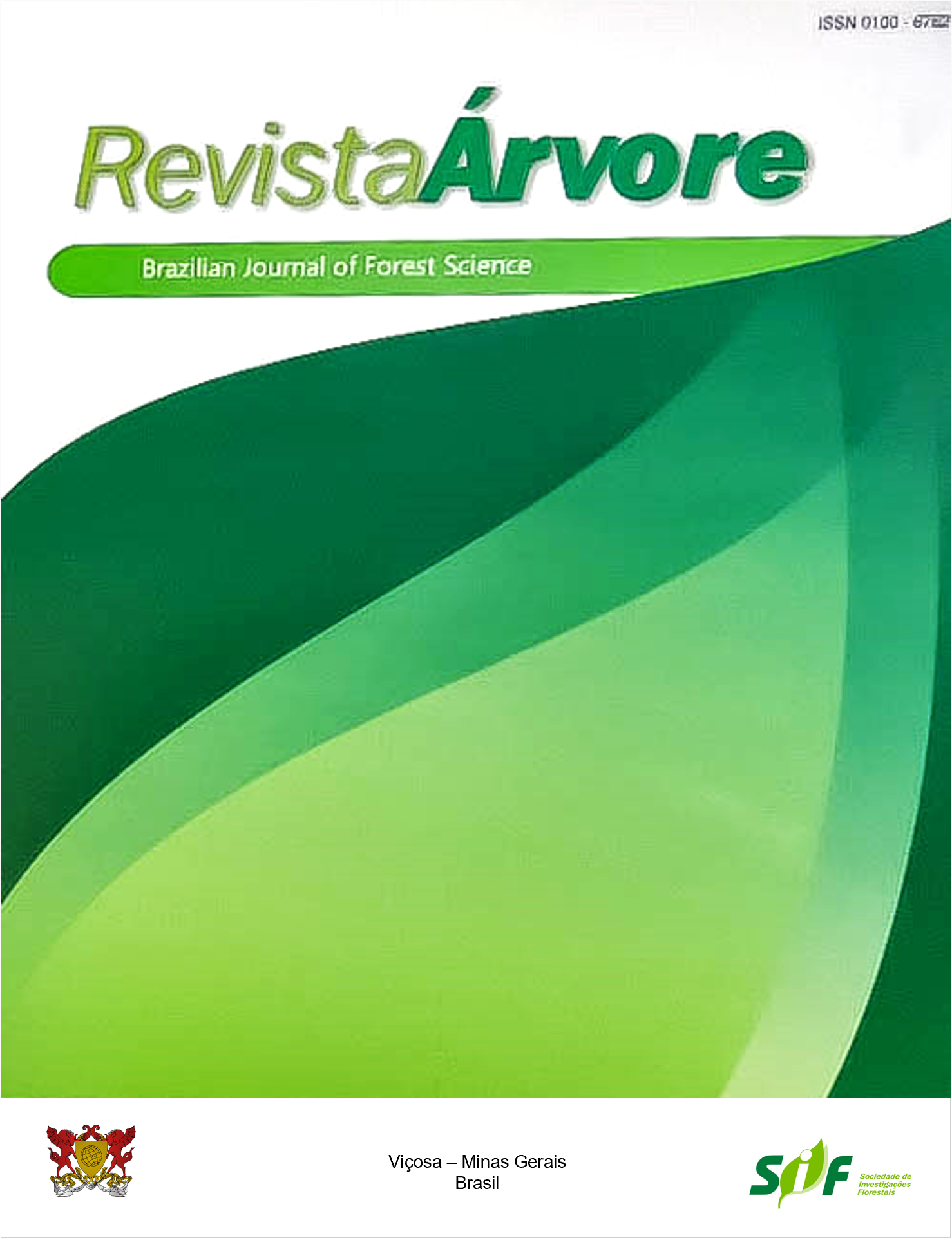BIOLOGICAL CONTROL IN LEAF-CUTTING ANTS, Atta sexdens (HYMENOPTERA: FORMICIDAE), USING PATHOGENIC FUNGI
Keywords:
Attini, Beauveria bassiana, Trichoderma harzianumAbstract
Chemical control using toxic baits containing the active ingredient sulfluramid at 0.3% (w/w) is the main method for controlling leaf-cutting ants of the genera Atta and Acromyrmex. However, since 2009, when sulfluramid was included in Annex B of the Stockholm Convention on Persistent Organic Pollutants, there has been an intense search for new methods that are efficient in controlling these insects. Among said new methods, biological control using pathogenic fungi has shown promising results in laboratory conditions. The objective of this study, given the context presented, was to assess the potential of the fungi Beauveria bassiana and Trichoderma harzianum in controlling Atta sexdens. Colonies of A. sexdens were exposed to the fungi by means of formulated baits provided in a foraging chamber, or of suspensions sprayed on the fungus garden, and had their behavioral changes recorded for 21 days. For both formulations, concentrations of 10 and 20% (w/w) of the fungi being studied were used. The results allowed concluding that baits containing 10 and 20% (w/w) of the fungi B. bassiana and T. harzianum were not efficient in controlling colonies of A sexdens. On the other hand, spraying suspensions of 20% (w/w) of B. bassiana and 10% and 20% (w/w) of T. harzianum was efficient and resulted in 100% mortality of the colonies 11, 9 and 7 days after application, respectively. These findings indicate that the fungi B. bassiana and T. harzianum are promising as agents for the control of A. sexdens colonies, when sprayed on the fungus garden, although there are still some challenges as to their use related to the development of technologies for the application of the pathogen.
Keywords: Attini; Beauveria bassiana ; Trichoderma harzianu
Downloads
Published
How to Cite
Issue
Section
License
Copyright (c) 2021 Revista Árvore

This work is licensed under a Creative Commons Attribution 4.0 International License.
All authors agreed to submit the work to Revista Árvore and granted the exclusive license to publish the article. The authors affirm that it is an original work and has not been previously published elsewhere. The scientific content and opinions expressed in the article are the sole responsibility of the authors and reflect their opinions, not necessarily representing the opinions of the editorial board of Revista Árvore or of the Society of Forest Investigations (SIF).




